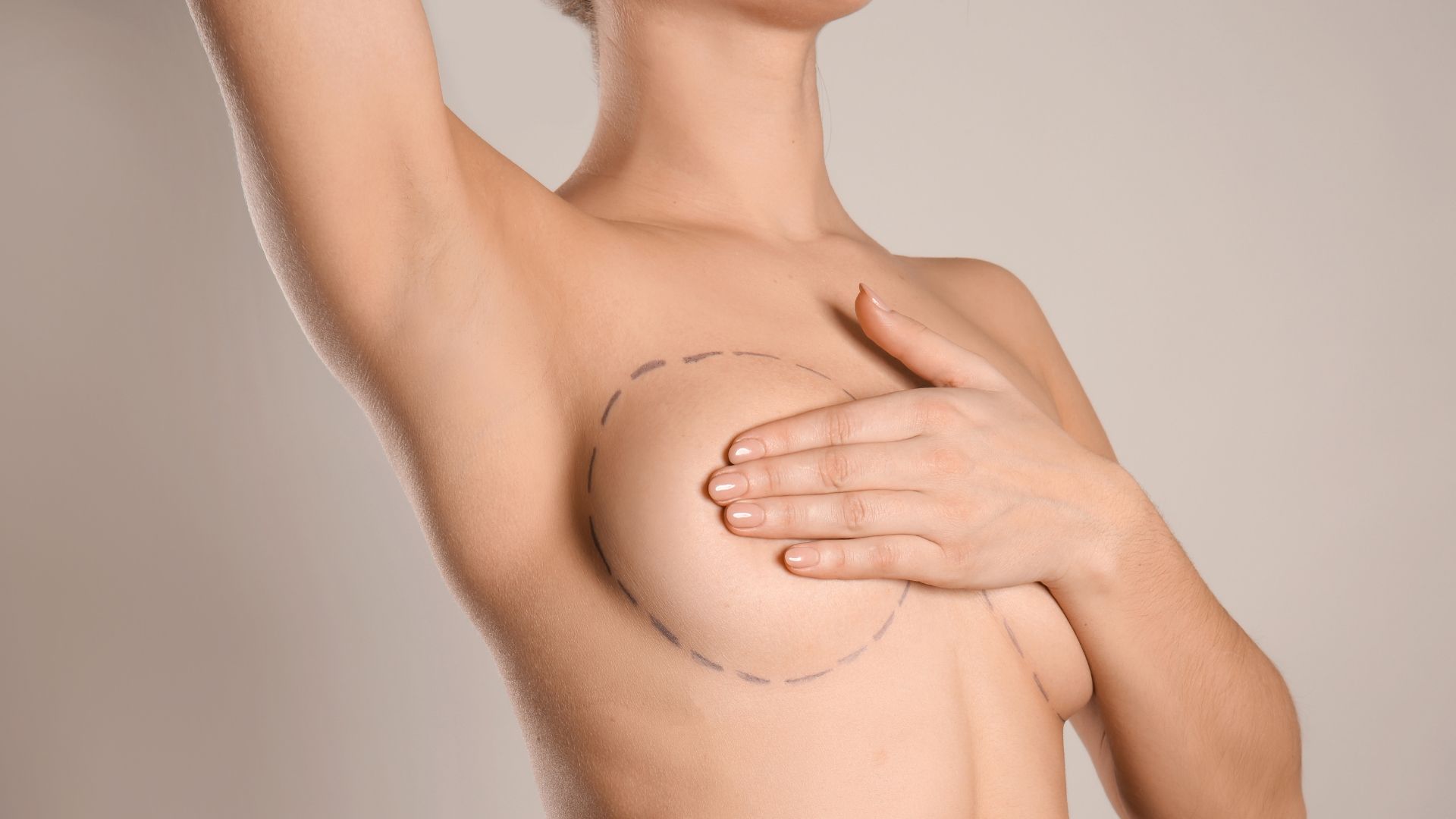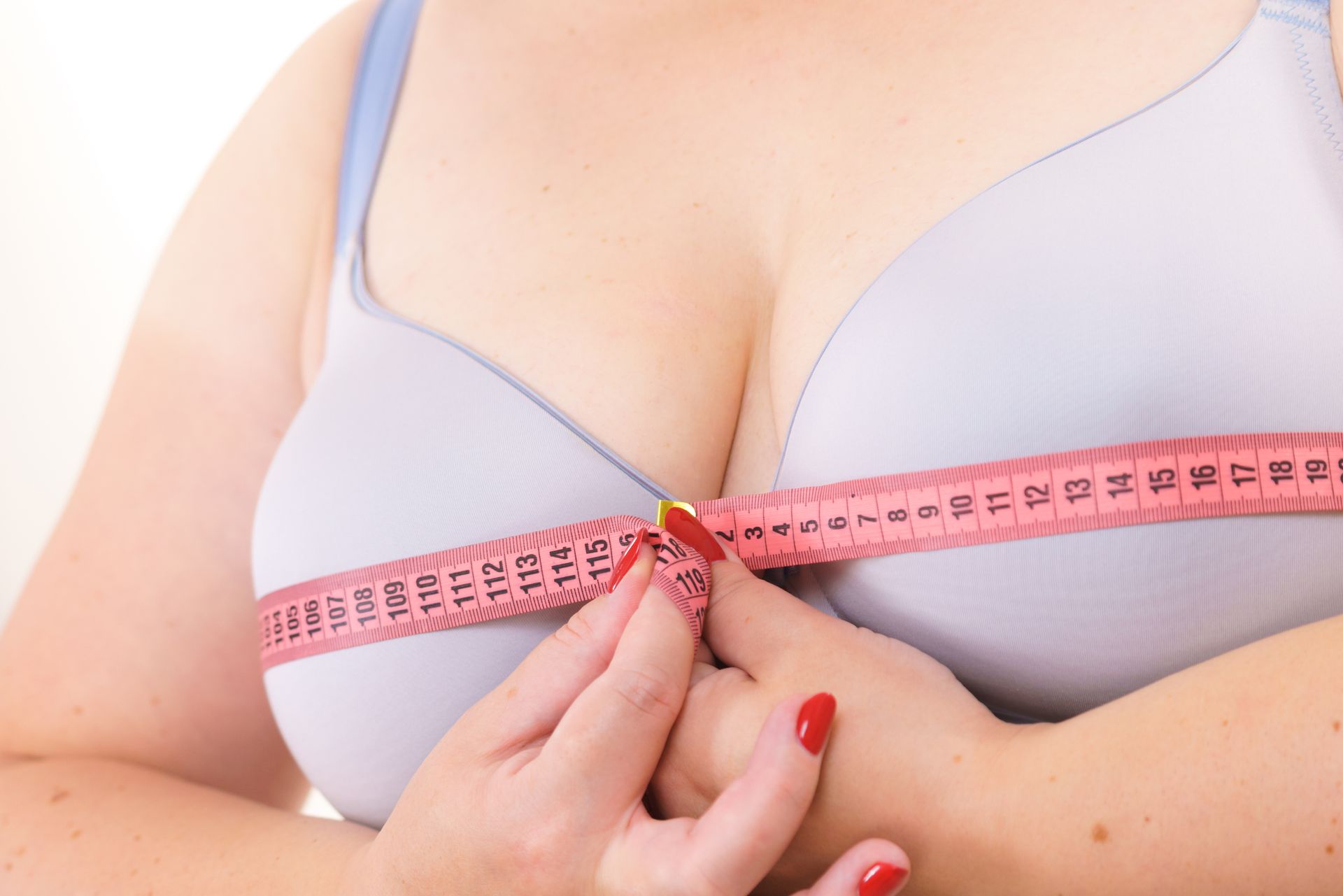Breast Lift Surgery
A breast lift, also known as a mastopexy, is a surgical procedure that lifts and reshapes sagging drooping breasts. This procedure can help improve the appearance of the breasts, boost self-confidence, and alleviate physical discomfort associated with sagging breasts. In this article, we will explore what a breast lift is, who can benefit from this procedure, the types of procedures available, and what to expect before, during, and after surgery.
What is a Breast Lift?
A breast lift is a surgical procedure that lifts and reshapes sagging breasts, that may be due to the way a woman’s breasts developed from the start, or the result of one or more pregnancies, regardless of whether or not she breastfed her baby (-ies) . During the procedure, the surgeon removes excess skin, repositions the nipple/areola, and lifts the breast tissue to create a more youthful and uplifted appearance. The procedure can be performed on one or both breasts and may involve the use of implants to achieve the desired results.
Reasons to Consider a Breast Lift
Women may consider a breast lift for various reasons, including:
- Sagging breasts due to aging, pregnancy, breastfeeding, or weight loss
- Lack of breast volume or shape
- Nipples pointing downward or sagging below the breast crease
- Asymmetry or unevenness of the breasts
Types of Breast Lift Procedures
There are different types of breast lift procedures, and the choice of technique will depend on the extent of sagging and the desired results. The three main types of breast lift procedures are:
- Crescent Lift - This is a minor breast lift that involves making a small incision around the upper edge of the areola to remove a crescent-shaped piece of skin and tis technique is used to correct minor asymmetry in nipple position.
- Periareolar or "Donut" Lift - This type of breast lift involves making purely a circular incision around the edge of the areola (which is usually wider than desirable) to remove excess skin and slightly tighten the breast.
- Vertical or “Lollipop”or “Anchor” or “Inverted T" Lift - This type of breast lift involves making a circular incision around the areola and a vertical incision from the areola to the breast crease, usually with an extension into the crease or fold beneath the breast to remove excess skin and reshape the breast. The more sagging, the greater the amount of skin that may need to be removed, requiring this type of incision.
How to Prepare for a Breast Lift Surgery
Before undergoing a breast lift surgery, you will need to schedule a consultation with an expereinced board-certified plastic surgeon. During the consultation, the surgeon will assess your medical history, examine your breasts, and discuss the procedure and its potential risks and benefits. You may also be required to undergo a mammogram or breast imaging to ensure that your breast tissue is healthy.
In the weeks leading up to the surgery, you will need to follow the surgeon's instructions, which may include:
- Stopping certain medications that can increase bleeding or interfere with anesthesia
- Quitting smoking to reduce the risk of complications
- Arranging for someone to drive you home after the surgery and stay with you for a a day or two after surgery.
Breast Lift Surgery: What to Expect
The breast lift surgery is typically performed under general anesthesia and can take between 2-4 hours to complete, depending on the extent of the surgery. During the surgery, the surgeon will make incisions, remove excess skin, reposition the nipples and often reduce the areolar diameter, and reshape the breast tissue.
Recovery After Breast Lift Surgery
After the surgery, you will need to rest and avoid strenuous activities for several weeks to allow your breasts to heal. You will also need to wear a supportive bra to minimize swelling and discomfort. The surgeon will provide instructions on how to care for your incisions, and you will need to attend follow-up appointments to monitor your healing progress.
Risks and Complications Associated with Breast Lift Surgery
Like any surgical procedure, breast lift surgery comes with a small risk of potential complications. Some of the risks include bleeding, infection, scarring, changes in nipple sensation, asymmetry, and rarely, anesthesia complications. It is essential to discuss these risks with your surgeon before the surgery and follow his or her instructions to reduce the likelihood of complications.
Breast Lift Surgery Results
The results of breast lift surgery are visible immediately, but it may take several weeks for the final results to become apparent as the breast skin relaxes. The breasts will be firmer, lifted, and have a more youthful appearance. The results are long-lasting, but the breast tissue will still age naturally over time, and the effects of gravity may cause the breasts to sag again.
Breast Lift Surgery and Breastfeeding
Breast lift surgery can possibly affect a woman's ability to breastfeed, depending on the technique used, and on the extent of the procedure. If the milk ducts or nerves are damaged during the surgery, it may reduce milk production or cause nipple sensitivity. Women who plan to have children in the future should discuss this with their surgeon before undergoing a breast lift.In general (but not always), if the breasts have sagged due to pregnancy and breast feeding, it is best to undergo breast lift surgery only after no more children are planned. However, if a young woman or adolescent developed droopy or sagging breasts from the beginning, she may well benefit for breast lift surgery even before having a family. The psychological benefits can be significant.
Breast Lift Surgery and Breast Cancer
Breast lift surgery does not increase the risk of developing breast cancer. Women who have a family history of breast cancer or are at high risk should discuss their options with their surgeon and undergo regular breast cancer screening.
Breast Lift Surgery Costs
The cost of breast lift surgery varies depending on several factors, including the surgeon's experience, the location of the practice, and the extent of the surgery. This is generally considered a “cosmetic” procedure that is not covered by most insurance plans or kupot. The average cost of a breast lift surgery in Israel can range from NIS 10,000-NIS 50,000.
Choosing a Breast Lift Surgeon
Choosing the right plastic surgeon to perform your breast lift is crucial to achieving safe, beautiful and long lasting results. Look for a board-certified plastic surgeon with extensive experience in breast lift surgery. Review before-and-after photos of their previous patients and read reviews to get an idea of their reputation.
Recovery Time After Breast Lift Surgery
The recovery time after breast lift surgery can vary, depending on the extent of the surgery and the individual's healing. Most women can return to work and light activities within one to two weeks after the surgery. Strenuous activities and heavy lifting should be avoided for at least four to six weeks.
Breast Lift Surgery and Scarring
Breast lift surgery will leave some scarring, but the extent and visibility of the scars will depend on the type of procedure and the individual's healing process and her genetics. The scars may appear red, raised, or firm initially, but they should fade and flatten over time. Scarring can be minimized by following the surgeon's instructions and avoiding smoking and sun exposure during the healing process.
Breast Lift Surgery and Implants
Breast lift surgery can be combined with breast implants to increase breast volume and improve shape. This is mainly indicated with the patient is certain she wants to be larger, and not just lifted. The surgeon will help you choose the right implant type and size to achieve the desired results. Combining breast lift surgery with implants can increase the risk of complications, and sometimes can be performed in two separate stages. Discuss all of these options with your plastic surgeon.
Conclusion
A breast lift surgery can help improve the appearance of sagging breasts and boost self-confidence. It is essential to choose a board-certified plastic surgeon with extensive experience in breast lift surgery and follow their instructions before, during, and after the procedure to achieve safe, beautiful and long lasting results. While the procedure includes a low risk of potential complications, the results are long-lasting and can provide a significant boost to a woman's self-esteem.
Questions and Answers
Will my breast size be reduced by the same amount on both sides during surgery?
Both breast reduction surgery and breast lift surgery aims to achieve symmetry, but the extent of the lift and reduction on each side may vary depending on the individual's starting breast size and shape. Your surgeon will work to create a balanced and natural-looking result.
How soon can I wear a regular bra after breast lift/reduction surgery?
Your surgeon will provide specific instructions on when and what type of bra to wear after breast reduction surgery. Typically, you may need to wear a supportive surgical bra for several weeks after the procedure to aid in healing and reduce swelling.
How soon can I drive after breast reduction surgery?
Driving after breast reduction or breast lift surgery can usually be resumed within a week following surgery. This can depend on the individual's pain level, range of motion, and the surgical technique and extent of surgery. Most surgeons recommend waiting at least a week after surgery before driving to avoid any sudden movements or jarring. It's essential to follow your surgeon's recommendations and listen to your body to ensure a safe and comfortable recovery.
Can I have breast reduction surgery if I already have implants?
A woman with breast implants who feels her breasts are too large may simply need to have her implants removed, and possibly an accompanying breast lift a t the same time. Breast reduction surgery can also be performed if the breasts remain too large even after the implants are removed, but the procedure may be more complex, and the risks may be higher. Your surgeon will evaluate your individual situation and provide recommendations based on your needs and goals.
Can breast reduction surgery be done without removing the nipple?
In most cases, the nipple is not removed during breast reduction surgery, but simply positioned higher on the breast because it is too low. The surgeon may make an incision around the areola to reduce its size and reposition it to a higher location, but the nipple should remain attached to the breast tissue.
How long should I wait to have breast reduction surgery after breastfeeding?
It's recommended to wait at least three to six months after breastfeeding to have breast reduction surgery to ensure that the breast tissue has fully healed and any milk production has stopped.
Can I have breast reduction surgery if I am overweight?
Breast reduction surgery can be performed on individuals who are overweight, but the surgeon may recommend weight loss before the procedure to reduce the risk of complications and improve the results. Remember, the breast consists of breast tissue (gland) and fatty tissue. The Glandular tissue is responsive to hormones and the fatty tissue is responsive to weight fluctuations. The most long term stable result from breast reception surgery will occur if the patient is at a stable starting weight. If there is a significant amount of weight loss AFTER breast reduction, the breasts may droop or sag once again, requiring a secondary breast lift.
How long will I need to take off work after breast reduction surgery?
The amount of time needed off work after breast reduction surgery varies depending on the extent of the procedure and the individual's job requirements. Most patients can return to work within one to two weeks, but it may take longer for those with more physically demanding jobs.
Can breast reduction surgery improve my posture?
Breast reduction surgery can definitely improve posture by reducing the weight of the breasts and removing excess tissue that can cause strain on the back, neck, and shoulders. After the procedure, many patients report feeling more comfortable and standing taller, and can participate in physical activity such as Yoga, Pilates, jogging, and tennis far more easily.
Can breast reduction surgery improve my ability to exercise?
Breast reduction surgery can improve your ability to exercise by reducing the weight and size of the breasts, allowing for greater ease of movement and comfort during physical activity. However, it's important to wait until your surgeon gives clearance before resuming any strenuous exercise after the procedure. This is usually permitted four to six weeks following surgery.





